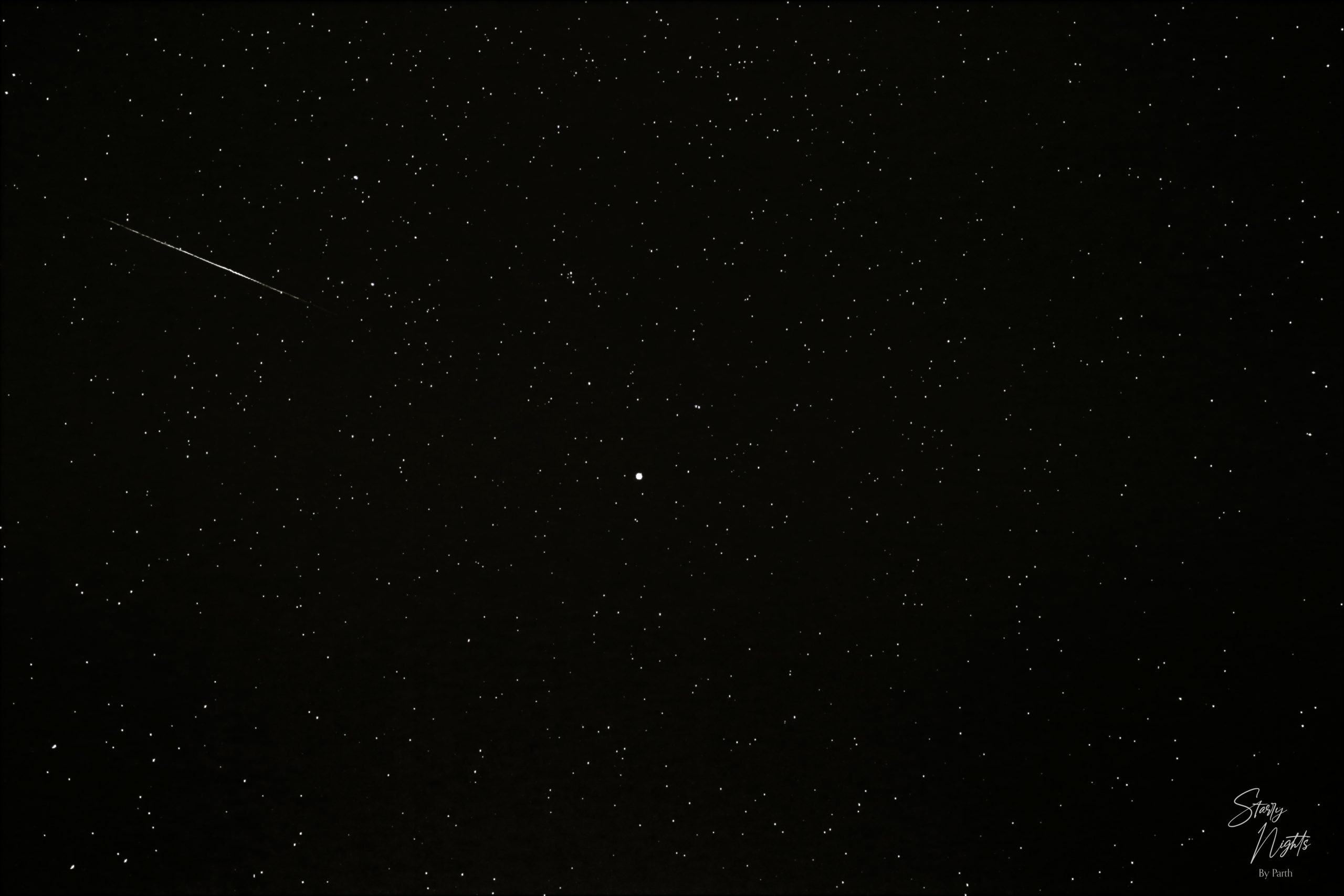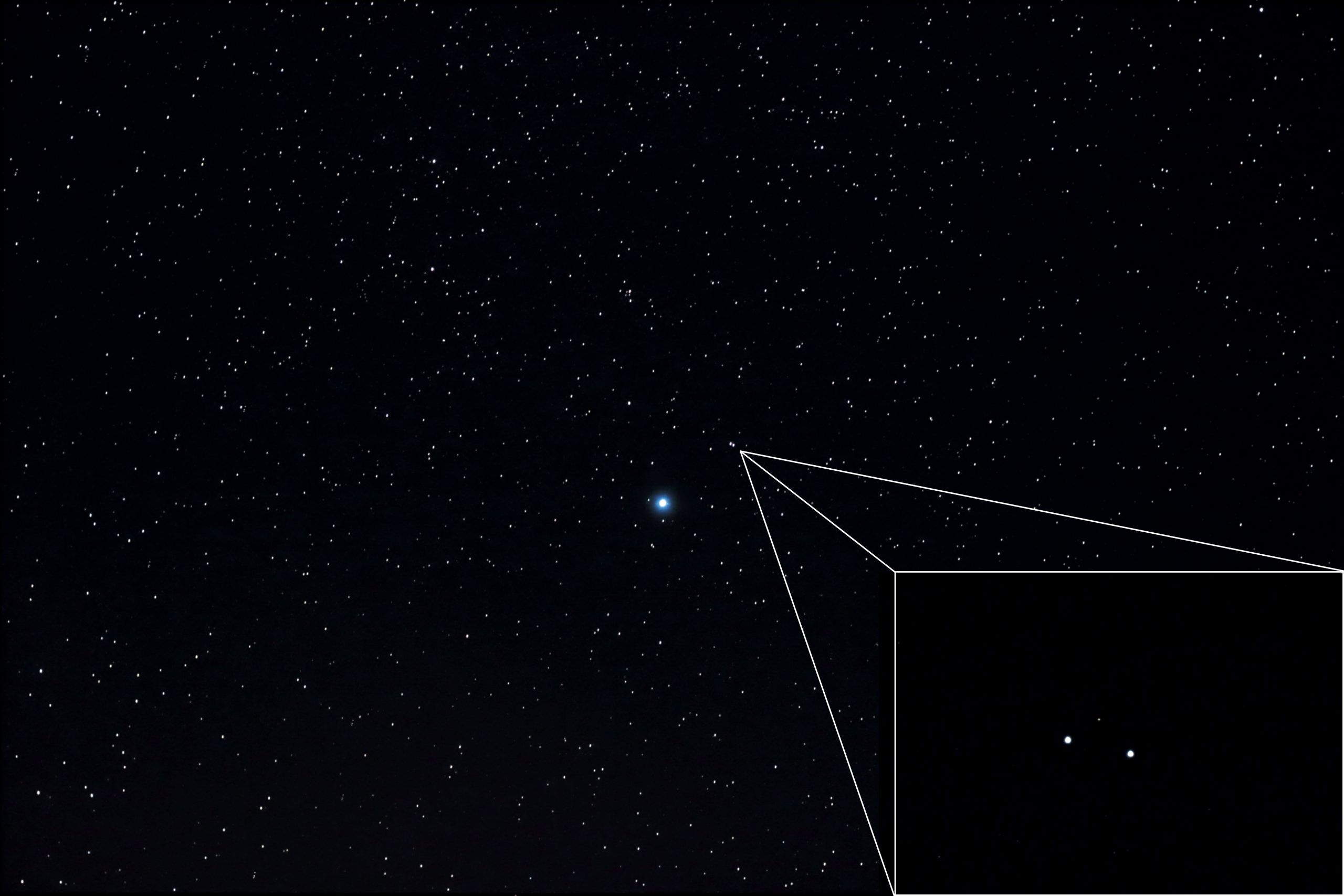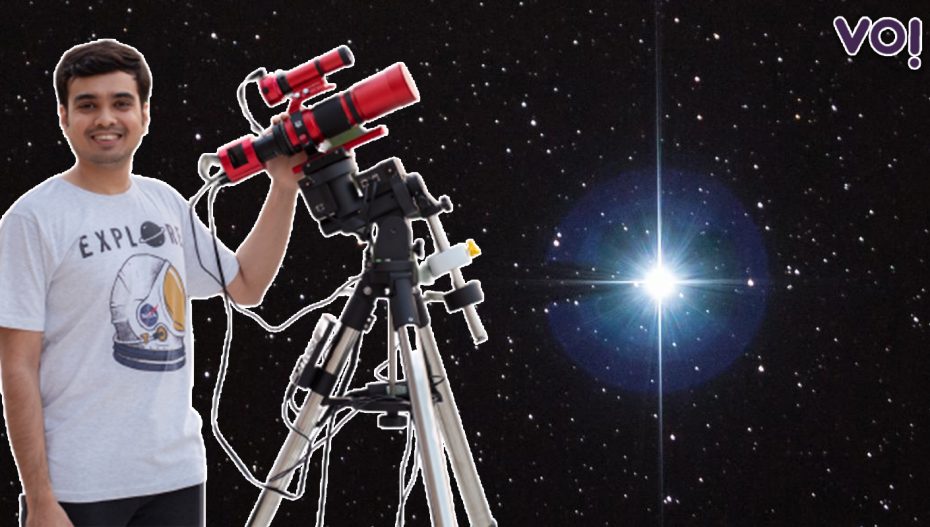Parth Patel
The life on Earth and the celestial objects indeed share a one-of-its-kind connection. To elaborate – the direct influence that these objects have on our planet and the fact that each celestial object carries a purpose of its existence, is rather fascinating.
One such example is star Vega – the fifth brightest star in the night sky, located at a distance of approximately 25 light years from Earth in the constellation Lyra. In recent years, the scientists have discovered that Earth while spinning, also wobbles on its own axis, which changes our perception of North, meaning thereby, the pride of being the North Star shifts to different stars. Today, Polaris is considered as the North Star as it does not rise and nor does it set, but some 12,000-13,000 years ago (based on the calculations made by the scientists and astronomers), Vega used to be the North Star. And its purpose? The North Star has always helped humanity in navigation. The North Star acts as a guiding light for the travellers, ensuring them that they’re moving in the correct direction.

The above image was captured using 50mm f/1.8 lens attached to Canon 600D with an exposure time of 30 seconds.
Some interesting facts:
- Vega is a bluish-white star and is the brightest one in the constellation Lyra.
- Vega was the first ever star to be photographed, besides Sun, in the year 1850 at Harvard Observatory.
- Vega, with Altair and Deneb, form a beautiful Summer Triangle that consists of 3 brightest stars from the constellations viz. Lyra, Aquila and Cygnus, respectively.
- In 2013, a team of astronomers had discovered an asteroid belt-like band of debris around the star Vega.

I was fortunate to capture a shooting star in the frame.
The above image was captured using 50mm f/1.8 lens with exposure time set to 30 seconds, in a relatively less light-polluted area.
Epsilon Lyrae – The famous Double-Double Star

In the above image, one can see double stars located at one o’clock position from Vega.
The close-up image of optical or visual double star system at the bottom, is captured using a 5 inch telescope. An optical or visual double star system means that two stars, appearing close to each other as viewed from Earth, but are not orbiting one another. And, a binary star system means two stars bound by the gravity, orbit one another, destined to merge and create a stellar collision.
The above two stars in the image, are just visual binaries and not an actual double star system. Now, they certainly appear naked-eye double to us, but are they really alone?
There’s more to this than meets the eye.

With greater magnification, one can see that this visual double star system are themselves binaries. To simplify further, two stars of ε2 (Epsilon 2) revolve around each other, and two stars of ε1 (Epsilon 1) revolve around each other.
Hence, this multiple star system is termed as double-double star. This target is quite tough to capture, since these two companion stars of visual binary cannot be seen with unaided eye, because they are very close to each other. Even with the help of telescope, one cannot see these two companions of visual double star.
Details of the above image:
Nexstar 127SLT Maksutov Telescope
6mm eyepiece attached to Canon 6D
Exposure: 1/10 (single shot) and ISO 3200
The moment I saw these two pairs on my DSLR’s view screen, I went numb. Literally, numb. This target was not on my list, but somehow capturing it felt like a huge accomplishment. Capturing the stars revolving around each other, is no less than capturing a celestial event.
Observing Vega from a telescope is altogether a different experience. In fact, any bright star, when viewed from a telescope under the dark sky, appears like a glittering diamond. Such view should never be missed out. Clear night sky to all !
Parth Patel is a lawyer by profession and a passionate astrophotographer based in Ahmedabad. His curiosity in learning the secrets of the universe has helped ignite his passion for astronomy, making him capture the night sky since 2017.















